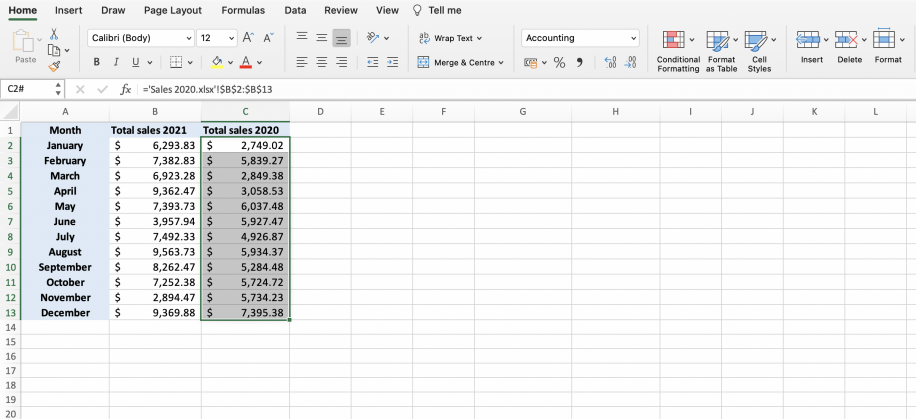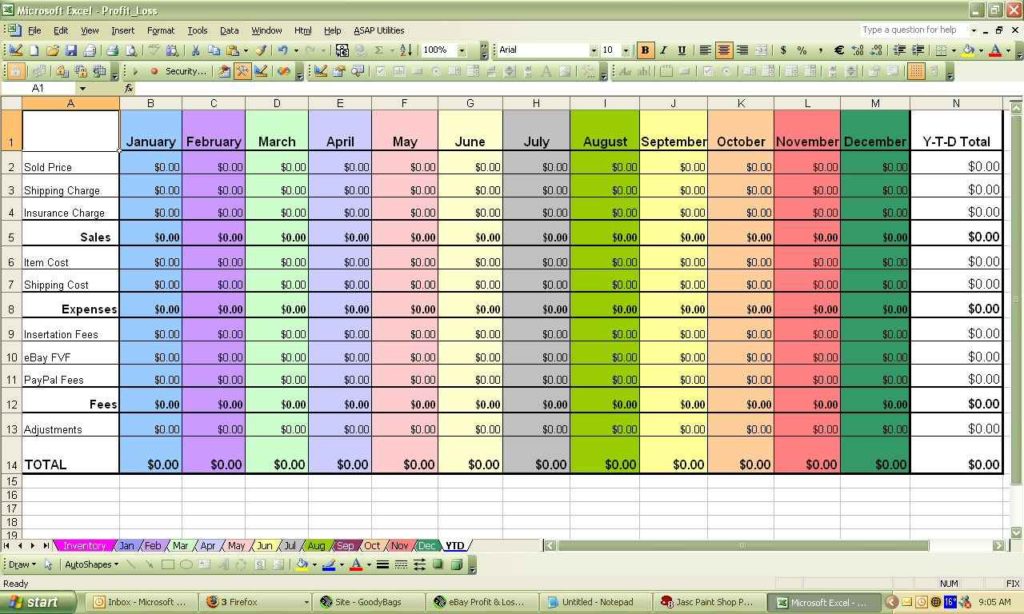Add Excel Sheet to Different Workbook: Quick Guide

Transferring data between spreadsheets can be vital for tasks such as organizing data, creating backups, or consolidating information from multiple sources. Excel offers a straightforward method to add an Excel sheet to a different workbook, which can streamline your workflow significantly. Here’s how you can do it:
Understanding Workbooks and Worksheets

Before diving into the process, it’s crucial to understand the difference between workbooks and worksheets:
- Workbook: The entire file containing multiple sheets, known as a workbook, which can be saved, moved, or edited independently.
- Worksheet: Individual tabs within a workbook where you input your data.

With this basic understanding, let’s move on to the step-by-step guide on moving sheets between different workbooks.
Steps to Add an Excel Sheet to a Different Workbook

- Open Both Workbooks: Ensure that both the source and destination workbooks are open in Excel.
- Select the Sheet to Move: Click on the sheet tab you want to move or copy in the source workbook.
- Right-Click and Choose: Right-click on the selected sheet tab and choose either “Move or Copy…” from the context menu.
- Choose Destination:
- In the ‘To book:’ dropdown, select the workbook where you want to move or copy the sheet.
- Under ‘Before sheet:’, decide where in the destination workbook you want your sheet to appear. By default, it will be placed before the first sheet.
- Check ‘Create a copy’ if you want to leave the original in place.
- Confirm Action: Click OK to execute the move or copy action.

📘 Note: If the destination workbook is not open, you can browse and select it from your file system, but make sure to choose a workbook with a .xlsx or .xlsm file extension.
Handling Links and References

When moving or copying sheets, consider the following:
- Breaks: If there are any external references or links in the moved sheet, they might break. Review and adjust any links as necessary.
- Named Ranges: Ensure named ranges are defined within the sheet or update them to reference the new workbook location.
🔍 Note: When copying sheets with links, you might need to update these links to refer to the new file or refresh them through Data > Edit Links on the Ribbon.
Multiple Sheets Movement

To move or copy multiple sheets at once:
- Hold down the Ctrl key, click on each sheet tab you want to move or copy.
- Follow the same steps as before for moving or copying individual sheets.
📝 Note: This method doesn’t work if you’re moving sheets to a new workbook directly from a right-click menu; you’ll need to repeat the process for each sheet or use Excel VBA.
In the fast-paced world of data analysis, moving or copying sheets between workbooks can save a significant amount of time. Not only does it help in organizing data, but it also ensures that you maintain a clean and structured spreadsheet environment. By understanding how to work with Excel workbooks and worksheets, you're well-equipped to tackle any scenario that requires data integration from different sources.
What happens if I move a sheet with formulas?

+
Excel generally adjusts references to cells within the same workbook when you move a sheet. However, if the formulas link to cells outside the moved sheet or reference other sheets within the same workbook, you might need to update these references manually.
Can I undo the sheet move or copy action?

+
Yes, you can use the Undo feature immediately after the action. If you’ve closed the workbook or performed other actions, you might need to revert manually.
Is there a limit to how many sheets I can move at once?

+
Excel has no specific limit, but system performance might degrade with very large numbers of sheets or data. Practically, moving 256 sheets or more might be taxing on typical systems.



